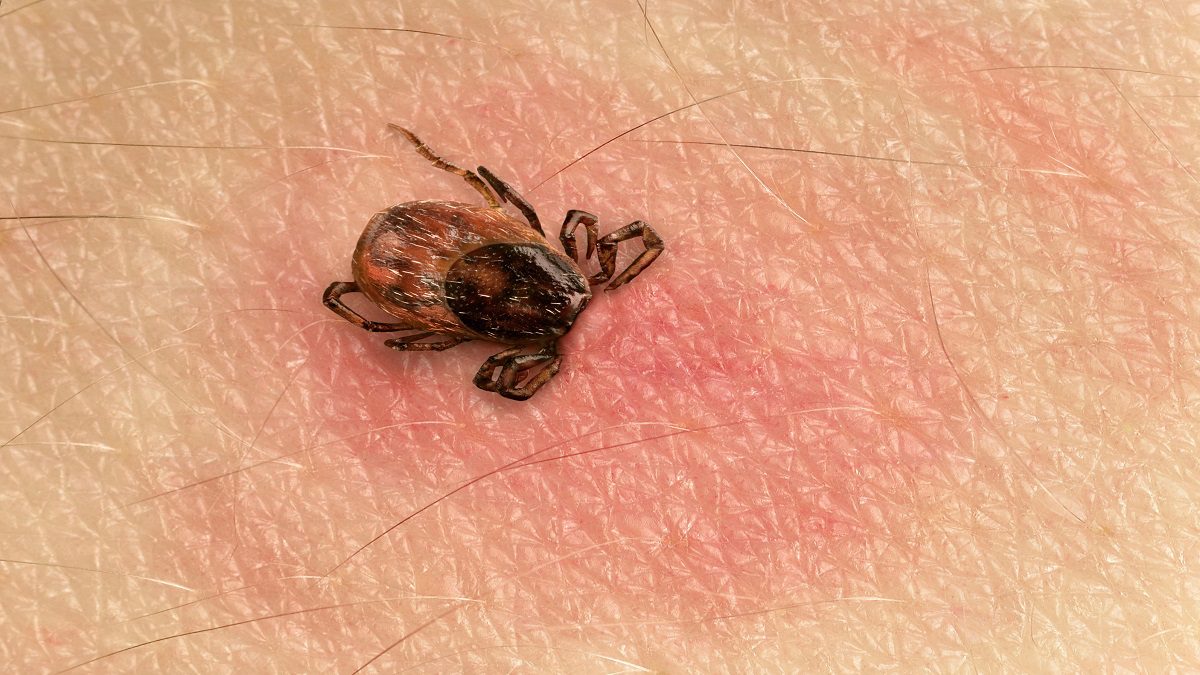What is Lyme disease?
The most common tick-borne disease found in Europe and North America is Lyme disease. The bacteria known as Borrelia burgdorferi causes Lyme disease, and it is spread by deer ticks. Human and animal blood is the primary food source for deer ticks.
Deer ticks thrive in heavily wooded and grassy areas, so people who spend time or live in these regions are at increased risk for Lyme disease. However, there are precautions you can take to protect yourself from being exposed to ticks when spending time in places where Lyme disease is common.
The chances of complete recovery from Lyme disease are good if treatment is started early stages with the appropriate antibiotics. People may respond to treatment more slowly in the later stages of the illness, but most people with Lyme disease completely recover when treated appropriately.
Prevalence
The Centers for Disease Control (CDC) and Prevention in the United States report that more than 30,000 cases of Lyme disease are reported and confirmed each year in this country. Lyme disease occurs in endemic proportions in the Great Lakes region and the upper Midwest, in wooded areas along the coast of the Northeast and the Pacific Northwest. In the Great Lakes and Northeast regions, Lyme disease occurs most often in the spring and summer months (May to August), and in the Pacific Northwest, it commonly occurs from January to May.
In the summer of 2013, the CDC stated the number of cases of Lyme disease occurring annually in the United States might actually be approximately ten times higher than initially thought, bringing the number of cases to around 300,000. Research is ongoing to determine the actual rate of Lyme disease infection and how to prevent the condition.
Lyme disease risks
Your profession and the kinds of activities you enjoy doing outside can affect your risk for getting Lyme disease, as well as where you go on vacation and the area in which you live.
Factors that are the most common for increasing Lyme disease risk include:
- Spending time in grassy and/or wooded areas. Deer ticks thrive in heavily wooded areas. In the United States, these ticks are most commonly found in the Midwest and Northeast regions of the country. Children in these regions who are outside a lot are at increased risk for Lyme disease. People whose careers involve working outdoors are also at an increased risk. Deer ticks in the U.S. feed on rodents such as mice in the early stages of their life, making these animals a reservoir for the bacteria that causes Lyme disease, but the adult deer ticks are primarily found on white-tailed deer.
- Exposing your skin. Ticks can easily attach to bare skin. Wearing long pants and shirts with long sleeves is an easy way to protect your children and yourself. Pets should not be allowed to wander in tall grass and weeds.
- Not removing ticks promptly or adequately. The disease-carrying bacteria get into the bloodstream from a tick only when the tick stays on the flesh for longer than 36 hours. The risk of Lyme disease being acquired is low if a tick is removed within two days after attaching to the skin.
Causes of Lyme disease
In the U.S., the bacterium Borrelia burgdorferi causes Lyme disease. These bacteria are primarily carried by deer ticks. When these ticks are young, they are tiny and very hard to see. In addition, they are brown in color.
Lyme disease is transmitted to a person by a deer tick bite that is infected. The bacteria then enter the skin and may eventually get into the bloodstream. Most of the time, the tick has to be attached to the skin for at least 36 hours in order to transmit Lyme disease to a person. If you find a tick attached to your skin that appears to be swollen, it might have been on your skin long enough to transmit Lyme disease. Any tick that is found and promptly removed can help prevent infection.
Click Here to read about Treatment.
















Leave a Reply
You must be logged in to post a comment.